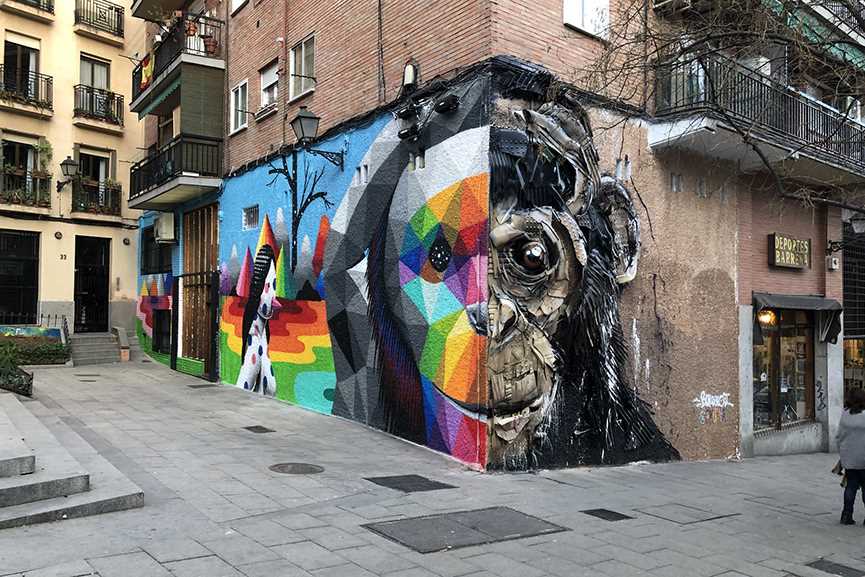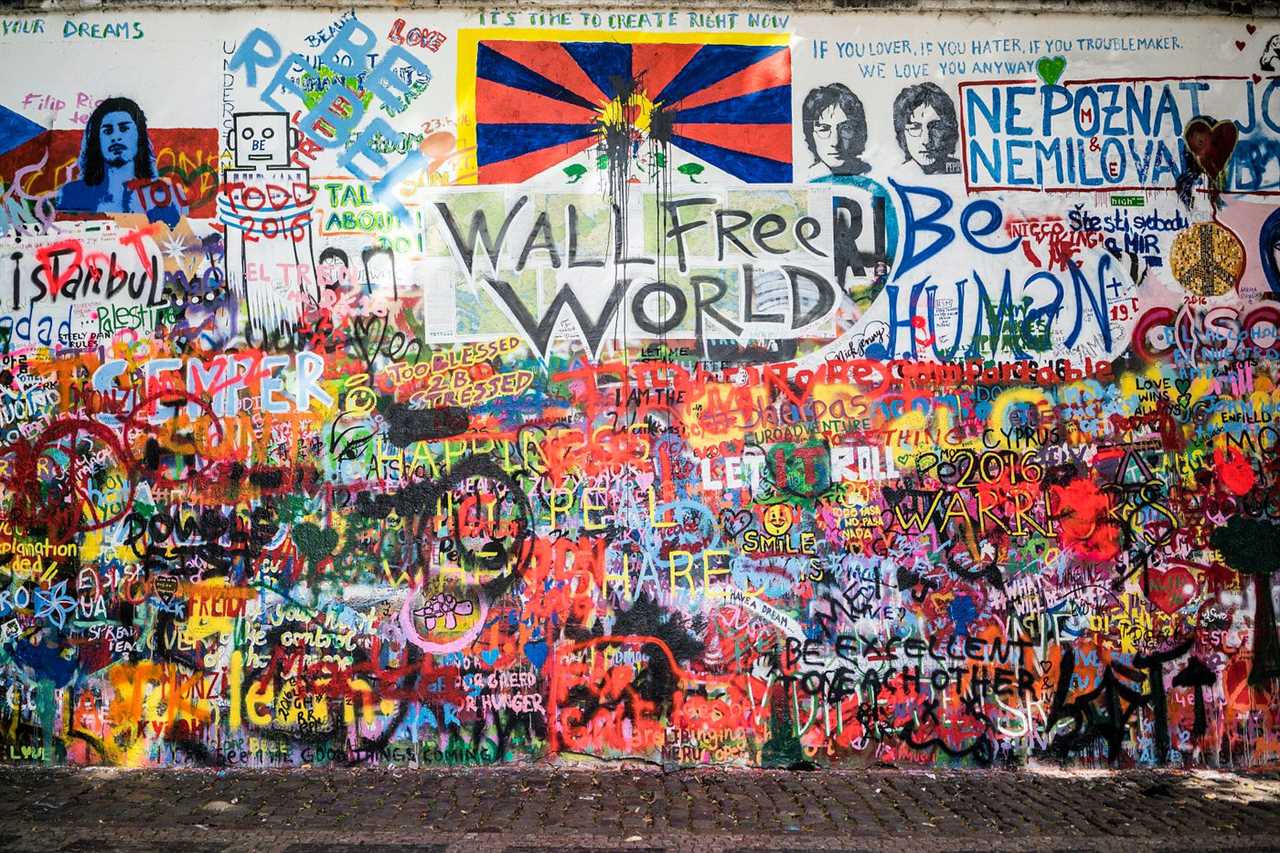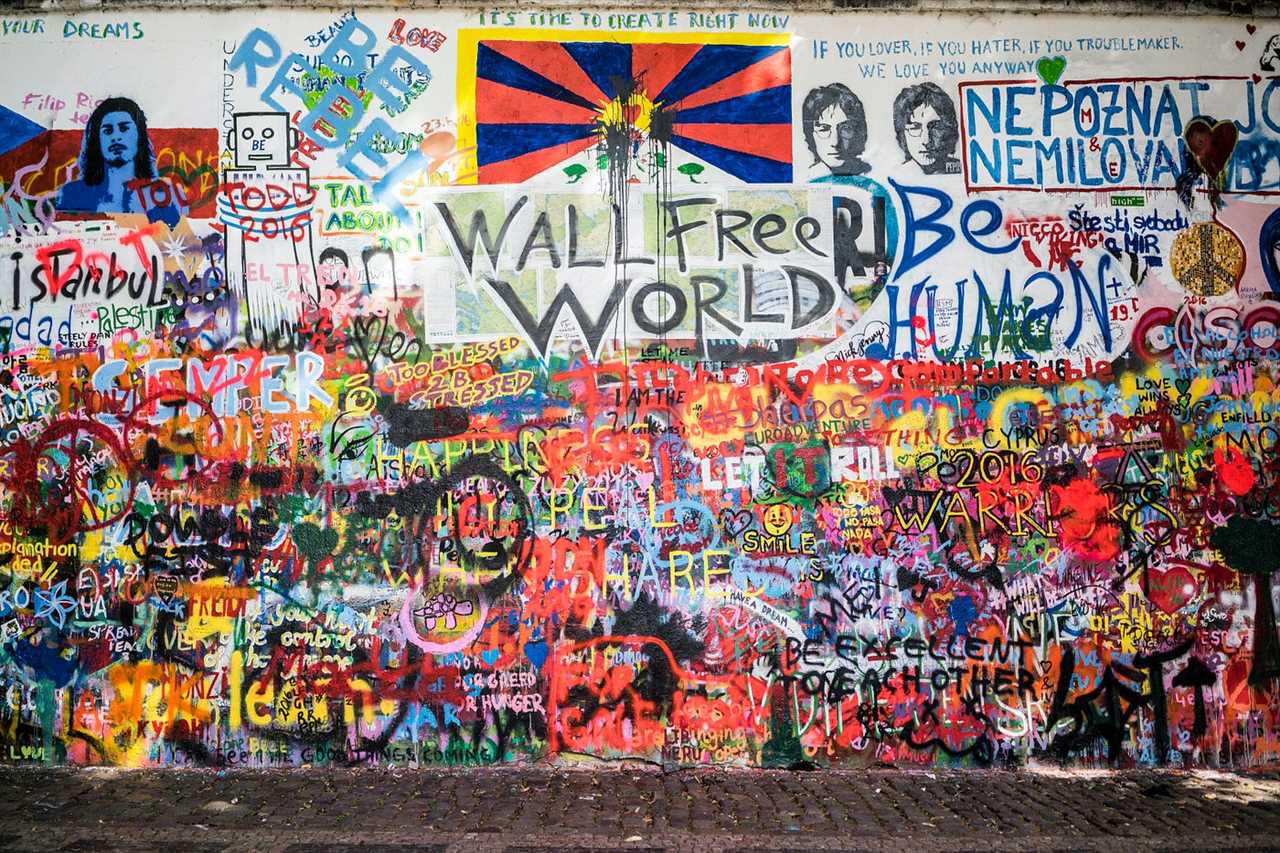
Street art has become an integral part of modern urban culture, transforming cities into vibrant open-air galleries. Among the many cities that embrace this art form, Morlaix stands out as a hub of creativity and expression. Located in the beautiful region of Brittany, France, Morlaix not only boasts a rich history and stunning architecture but also a thriving street art scene that adds a new layer of visual appeal to its streets.
What makes Morlaix’s street art unique is its ability to showcase the city’s rich heritage while also embracing contemporary artistic trends. Many of the murals and graffiti found throughout the city depict scenes from local folklore and legends, breathing life into centuries-old stories. These artworks not only captivate locals but also engage tourists, creating a sense of intrigue and wonder as they navigate the city’s winding streets.
The street art in Morlaix not only adds color and life to the urban landscape but also serves as a powerful medium for social and political commentary. Artists use their creations to shed light on various issues, such as environmental concerns, social inequality, and the power of unity. By blending vibrant colors, intricate details, and thought-provoking messages, they encourage passersby to reflect on these important topics and consider the impact of their actions on the world around them.
Walking the streets of Morlaix, one cannot help but be drawn into the world of street art. The artworks that adorn the walls, alleys, and facades tell stories, evoke emotions, and invite viewers to think outside the box. Whether it’s a sprawling mural depicting a whimsical scene or a small stencil hidden among the city’s nooks and crannies, every piece of street art in Morlaix is a testament to the power of creativity and the human spirit.

Street art has come a long way since its beginnings as an underground art form. What was once considered illegal graffiti is now celebrated as a legitimate art form, with its own festivals, galleries, and even museum exhibitions.
Initially, street art was used by artists as a form of political protest and a way to express their dissent. It was often seen as a rebellious act, done in secret under the cover of darkness. However, as the art form gained popularity, it started to be recognized for its artistic value and creativity.
Street art is no longer confined to the streets and alleyways of cities. It has expanded to include murals on buildings, installations in public spaces, and even digital art projected onto walls. Artists are using new techniques and mediums to create their work, incorporating stencils, wheatpaste, and spray paint to produce stunning visual displays.
The rise of social media has also played a major role in the evolution of street art. Artists can now share their work with a global audience, allowing their art to reach people beyond their immediate surroundings. Street art has become a way for artists to connect with communities and spark conversations about social issues.
Today, street art is recognized as an important form of cultural expression. It continues to evolve and push boundaries, challenging traditional notions of art and where it can be found. From large-scale murals to small, hidden gems, street art has transformed urban spaces into vibrant galleries where creativity knows no bounds.
The Power of Colors
Colors play a significant role in street art. Artists use colors to convey emotions, capture attention, and express creativity. The vibrant and bold colors used in street art can transform dull and gray urban spaces into lively and vibrant areas filled with energy.
One of the key reasons why street art is so captivating is the use of vibrant colors. Whether it’s a beautiful mural or a graffiti piece, the colors used in street art have the power to evoke emotions and create a sense of wonder. Bright and bold colors like red, yellow, and orange can create a feeling of excitement and energy, while softer colors like blue and green can evoke a sense of peace and tranquility.
Colors also have the ability to capture attention and make a statement. Street artists use contrasting colors to make their artwork stand out and catch the eye of passersby. By using colors that are opposite on the color wheel, such as blue and orange or green and red, artists create an impactful visual contrast that draws attention and leaves a lasting impression.
Moreover, colors are used in street art to express creativity and bring life to urban spaces. Artists often experiment with different color palettes and combinations to create visually striking pieces. They use colors to fill blank walls and transform them into vibrant and lively works of art.
Murals: The Large-Scale Masterpieces
Murals are a prominent form of street art found throughout the streets of Morlaix. These large-scale masterpieces can be found on the sides of buildings, alleys, and even bridges, transforming mundane urban spaces into vibrant works of art.
These murals showcase the incredible creativity and talent of the artists who bring them to life. Each mural tells a unique story, conveying messages of cultural significance, societal issues, or simply adding a touch of beauty to the city.
One notable mural in Morlaix depicts a stunning underwater scene, with colorful fish and marine creatures swimming across the wall. This masterpiece not only adds a burst of color to the otherwise gray surroundings but also serves as a reminder of the importance of preserving our oceans and marine life.
Another striking mural portrays a group of musicians playing traditional Breton instruments. This artwork celebrates the rich cultural heritage of the region, showcasing the traditional music that has been passed down through generations.
One particularly captivating mural showcases a majestic owl perched on a tree branch. The level of detail and realism in this piece is truly astounding, with each feather carefully crafted to create a lifelike representation of the beautiful bird. The owl serves as a symbol of wisdom and mystery, adding an element of intrigue to the urban landscape.
Walking through the streets of Morlaix, discovering these large-scale masterpieces is like exploring an outdoor art gallery. Each mural is a testament to the power of creativity and its ability to transform spaces, adding vibrancy and wonder to the city.
The murals of Morlaix are not only visually stunning but also contribute to the cultural identity of the city. They serve as a platform for artistic expression, allowing artists to share their perspectives and ideas with the community.
If you ever find yourself in Morlaix, make sure to take the time to appreciate these incredible murals. They are a true testament to the power of street art and the creativity that thrives within urban spaces.
Graffiti: A Narrative in the Streets

The art of graffiti is often misunderstood and can be seen as a form of vandalism. However, it is important to recognize that graffiti is not always an act of destruction, but rather a way for marginalized individuals to reclaim their voices and express their creativity in an unconventional medium.
One of the unique aspects of graffiti is its ability to transcend language barriers. While street art can be found all over the world, the universal language of imagery allows graffiti artists to communicate their messages to diverse audiences. Whether it is a political statement, a reflection of local culture, or simply a beautiful piece of art, graffiti has the power to create connections and spark conversations.
In addition to its visual impact, graffiti also has a physical presence that adds to its narrative. The location and visibility of street art contribute to its meaning and influence. Graffiti in heavily trafficked areas can reach a wider audience and generate more discussion, while hidden pieces in alleyways or abandoned buildings offer a more intimate and underground experience.
Graffiti’s ephemeral nature also adds to its allure and narrative. As time passes, weathering and new layers of paint can transform a piece, further adding to its story. The transient nature of graffiti reminds us of the ever-changing nature of urban landscapes and the fleeting moments of creativity.
| The Narrative of Graffiti | The Impact of Graffiti |
|---|---|
| Graffiti tells stories through visual imagery | Graffiti can challenge societal norms and provoke thought |
| Graffiti gives marginalized individuals a voice | Graffiti adds vibrancy and character to urban spaces |
| Graffiti transcends language barriers | Graffiti can create connections and spark conversations |
| Graffiti’s physical presence adds to its meaning | Graffiti can transform the perception of a space |
| Graffiti’s ephemeral nature reflects the changing nature of urban environments | Graffiti offers fleeting moments of creativity |
The Intersection of Street Art and Urban Culture
Street art is a direct response to the anonymity and commercialism of urban spaces, reclaiming public walls and spaces as canvases for artistic expression. It allows artists to bypass traditional galleries and museums, bringing their work directly to the people who inhabit and navigate the city.
Furthermore, street art can serve as a form of protest, amplifying marginalized voices and challenging the status quo. It provides a platform for individuals and communities to share their perspectives and provoke thought and discussion.
Street art also has the ability to transform neglected and forgotten areas into vibrant cultural hubs. By revitalizing neglected spaces, street art can breathe new life into city neighborhoods, attracting visitors, and boosting local economies.
One of the unique aspects of street art is its impermanence. Unlike traditional forms of art, which are typically created with the intention of enduring through time, street art evolves and changes as the urban environment fluctuates. It may be covered or erased by other artists or by city authorities, making it a transient and ephemeral art form.

I am a mural enthusiast and a fervent admirer of street art. Rather than creating murals myself, I am passionate about collecting them. My love for street art knows no bounds. I am dedicated to curating and cherishing these artworks that grace the streets. My collection stands as a testament to my profound appreciation for this form of artistic expression.
read about me



